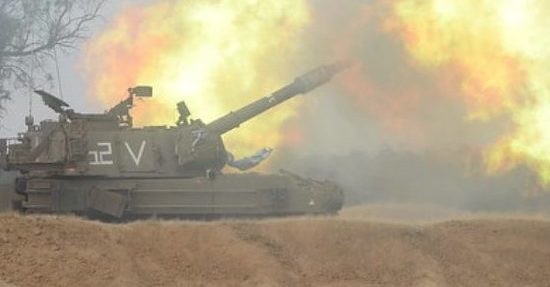Seth J. Frantzman
FDD, Dec. 27, 2023
“This is why when many people hear the words “Shejaia,” or “Jabalya,” or “Beit Hanun,” it brings back memories of campaigns long ago, challenges met, adversaries bested, but with no real victory.”
Israel has already churned through several phases: the initial response to the Hamas attack, the air campaign in October, and the ground operation in November; then, a pause in fighting, the December campaign in southern Gaza, and attempts to consolidate control in northern Gaza.
Yet despite the different phases, and Israel’s ability to dominate operational tempo in Gaza, many questions remain about what a low-intensity conflict would look like. This discussion has gone on for weeks, with reports as recently as mid-December suggesting US pressure on moving toward that kind of transition.
The problem with these discussions is that they hinge on a lot of questions, starting with the focus from abroad on the issue of civilian casualties and damage in Gaza. Israel’s campaign primarily sought to move civilians south, out of the line of fire in the north.
Western media, however, saw the campaign as heavy in the use of bombs that were not as precise as they could have been, and they put a spotlight on the damages. At the same time, there were comparisons made to the US’s campaign against ISIS.
In essence, then, the discussion about the Gaza operation gets bogged down in time frames. A transition away from major combat operations sounds a lot like what the US did in Iraq after initially invading it in 2003. When American forces raced to Baghdad, they left civilians behind in the cities it conquered. Israel didn’t do that in Gaza; the operation here is more of a slog to uproot terrorist infrastructure. … [To read the full article, click here]


